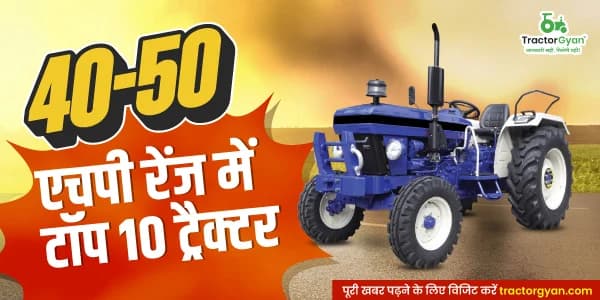Irrigation System in Farming: Understand Sources, Methods and Importance
Table of Content
Irrigation is an artificial process of supplying water to the crops in the fields. The main reason behind using an irrigation system is the hot climate and seasonal or irregular rainfall patterns. This article aims at providing general information related to the types of irrigation system in farming, its sources, methods, and importance in today's modern world. It will also cover the sources of irrigation in detail such as tanks, wells, and canals as well as different methods of irrigation like surface, drip, and sprinkler irrigation.
So, let's learn in detail about the types of irrigation systems for agriculture that will help you clear your concept of farming using irrigation systems. And also helps you to decide which one is the best irrigation methods that is suitable for your requirements.
What is Irrigation System?

Irrigation is the artificial method of supplying water to the soil or agricultural field. It is the replacement or substitute of rainwater with another source of water such as wells, tanks, canals, dams, etc. This method is mainly practiced in dry areas and cases of inadequate rainfall. Irrigation system becomes important when it comes to growing agricultural land for better yields, it helps in assisting the growth of crops that are affected by high temperatures, hydrophytes crops, porous soil, and when you run a commercial farming business. Therefore, different types of irrigation methods help you maintain crops and plants with the minimum amount of water required, suppressing weed growth in grain fields, preventing soil consolidation, and more.
Furthermore, there are different sources available to irrigate the crops, which include bringing in water from pipes, wells, canals, sprinklers, or other man-made means. This also eliminates the need to rely singly on rainfall. Irrigation system becomes a necessity in places where they have sparse or seasonal rainfall. It improves the quality and growth of crops exponentially. Different irrigation methods also allow farmers to grow crops on a pre-determined schedule, providing more reliable food supplies.
Today, Types of irrigation used are reservoirs, tanks, and wells that supply water to crops. Furthermore, Canals or pipelines are medium to carry the water from reservoirs to crop fields. In addition, Pumps may also be used to move water from reservoirs to agricultural fields.
Let's move further to know in detail about the different sources of irrigation systems.
Sources of Irrigation

An agricultural crop or plant sustain when they get constant access to a water supply source. In, India there are mainly three sources of irrigation that are practiced commonly to manage agricultural land by supplying the required amount of water.
-
Canals
-
Wells (and tubewells)
-
Tanks
1. Canals
A canal is the most commonly used and important source of irrigation in India, which accounts for 24% of irrigation in India. The canal is an artificial watercourse made for water supply for different irrigation methods.
There are two types of canals:
Inundation Canals – These are drawn from the rivers. it does not require any regulating system like weirs etc at their head. This only contains water during rainfalls.
Perennial Canals – These are drawn from rivers, reservoirs, or dams by constructing a barrage across the river. These canals supply water throughout the year and most of the canals in India have perennial canals.
Canals are considered to be an effective source of water in some areas of low relief, deep fertile soils, and perennial sources of water. The percentage of canal irrigation area to total irrigated area in India has declined from about 40% in 1950-51 to less than 25% in the present scenario.
2. Wells (Tube Wells)
A well is constructed to obtain the subsoil water. Commonly wells are about 3-5 meters deep but they can be dug deeper for obtaining deeper wells of up to 15 meters. A tube well is a deeper well of over 15 meters deep from which the water is taken out through a pumping set operated by an electric motor or a diesel engine.
Well, irrigation in India is gradually transforming to energized tube wells. This method of irrigation is practiced in areas where sufficient sweet ground water is available. Presently, wells and tube wells account for more than 60% of the net irrigated area in India.
3. Tank
A tank is a structured reservoir for irrigation. Tank involves the process of storing rainwater in large tanks for later use. This source is used during the summers when most of the water in the river dries up and irrigation seems difficult.
Tank irrigation in India accounts for 11 % to 14 %. This source of water is used in different types of irrigation and is commonly used in South India.
Methods of Irrigation in Farming

Technological advancements have helped farmers manage their crops to a great extent by meeting crops and soil requirements and yielding desired results faster with less manual effort. Further, methods of irrigation are classified into 7 types, these types of irrigation methods include both traditional methods of irrigation and modern methods of irrigation, which are as follows:
-
Drip irrigation
-
Surface irrigation
-
Localized irrigation
-
Center pivot irrigation
-
Sub-irrigation
-
Manual irrigation
1. Drip irrigation method

In the drip irrigation method, the application of water is carried through the emitters or applicators installed at selected points along water delivery lines. Here, the water is discharged in the form of small droplets to the crops at specific time intervals. This method is practiced more in water scarcity and soil salinity areas. This modern method of irrigation includes a water-lifting pump, hydro cyclone filter, sand filter, fertilizer tank, screen filter, pressure gauge, water meter, mainline, lateral, drippers or emitters, etc. The method helps to prevent water loss, and weed formation and improves productivity as the water supply is concentrated only on the plants and soil around it. It has four components; suction, regulation, control, and discharge. In the drip irrigation system, a water-lifting pump is necessary to supply water with pressure. All the filters help in uniform water flow through drippers to prevent clogging of pipelines.
2. Sprinkler irrigation method

This modern method of irrigation involves the application of water with pressure in the form of a spray. This method helps in the uniform application of water in all areas avoiding deep percolation loss and run-off. This method includes sprinkler heads that are installed on risers in lateral lines taken from the main line, which is again attached to a pumping unit.
3. Surface irrigation method

Surface irrigation works on gravitational force, through which the water is applied to the field. This method of irrigation is used widely and accounts for 85% of irrigation in the world. Surface irrigation is majorly practiced in field crops and orchards.
Water in the crops and fields is supplied from the sources like canals and pipes with the help of gravity. The efficiency of surface irrigation greatly depends on the variety of crops and soil. The main drawback of this method is the higher water loss, hence, it is the least efficient method practiced among all others.
Furthermore, these types of irrigation are divided into three categories. These three types are also known as traditional methods of irrigation
-
Furrow irrigation
-
Basin irrigation
-
Border irrigation
1. Furrow irrigation: The furrow irrigation method involves the application of water to the fields with the help of furrows spaced at 0.1 to 0.3 meters. This method requires less technical knowledge compared to drip and sprinkler irrigation methods. This method is also less expensive. The regulation of water flow here is difficult and siphon tubes are used to supply water to the furrows from the ditches.
2. Basin irrigation: Basin irrigation requires building a basin proportionate to the size of the tree. This method is used in orchards. Basins are then attached with all these and with irrigation channels. With this, the water flows from one basin to another by irrigating the previous basin. Inter-cultivation is possible with this type of irrigation system for agriculture.
3. Border irrigation: Border irrigation involves making blocks into the fields and borders are made with the help of soil. The water moves from the channels that divide the sloping field into rectangular stripes with free drainage at the end. The dikes are made to contain water as it flows across the field. This method is beneficial for sloppy fields compared to the basin method.
4. Localized irrigation

Localized irrigation works by distributing water directly to the plant with the help of pipes, which reduces the loss of water through the evaporation of soil. This type of irrigation system for agriculture includes drip irrigation, porous clay pots, porous pipes, etc.
5. Center pivot irrigation

Center-pivot irrigation also called water-wheel irrigation, in this irrigation technique a circular area on the pivot is irrigated by rotation and watered with sprinklers. This method efficiently uses water and improves a farm's productivity. It is suitable for large fields.
6. Sub-irrigation

Sub-irrigation method provides water below the soil surface to increase the water table into or near the plant root zone. it is not required in areas where irrigation is often needed to germinate crops. This method is usually used in conjunction with subsurface drainage, or controlled drainage.
7. Manual irrigation method

Manual irrigation involves moving water manually from one plant to another with the help of hand-operated pumps and gravity-fed pipes, which is considered an efficient and cost-effective method of irrigation with no side effects to plants, crops, or soil.
The importance of irrigation system in farming
-
Irrigation act as a substitute or compensate for inadequate rainfall.
-
Different Irrigation techniques help in improving the yield of crops and also increase productivity.
-
It eliminates the need for manual labor and also increases the income of farmers.
-
It also lets you store groundwater for later use.
-
Irrigation maximizes the value of land, cost of living, and the number of crops grown in a year.
-
It aids in eliminating mixed cropping.
-
Irrigation techniques supply the right amount of water to the plants in the absence of rainfall.
-
It helps you grow perennial crops.
-
Irrigation techniques prevent water loss and also control the water supply to plants.
-
It is beneficial in the case of commercial crops, as they can get enough water for growth.
Summing up
Irrigation plays a crucial role when growing a crop with better growth and productivity. It helps in sustaining crops and plants during inadequate rainfalls. Today, there are various methods of irrigation practiced by farmers to grow and manage crops for better yields. Tanks, wells, and canals prove to be the best sources of water. Irrigation enables a rise in the water table and prevents wastage or loss of water. With the advancements in technology, various types of irrigation are introduced that increase the efficiency of farmers to maintain their crops and enhance growth as required.
Irrigation systems have greater importance for farmers facing water scarcity and damage soil conditions like soil salinity, increase salt concentration, etc. This blog provides comprehensive insights into what is irrigation and the methods of irrigation system used in farming. For further updates and details, stay connected with Tractor Gyan.
Category
Read More Blogs
India is home to one of the world’s most diverse agricultural landscapes, providing livelihoods to nearly two-thirds of its population. With advancements in technology, improved irrigation, and evolving farm practices, Indian agriculture today stands as the second-largest producer globally. From subsistence farming...
सोलिस यानमार ट्रैक्टर के फीचर्स इतने शानदार है की इसके ट्रैक्टर्स कृषि के प्रत्येक क्षेत्र में बहुत ही बढ़िया परफॉरमेंस प्रदान करते हैं। सोलिस यानमार ट्रैक्टर के इंजन अत्यधिक कुशल हैं इसके साथ ही सोलिस यानमार ट्रैक्टर के इंजन पर्यावरण के अनुकूल...
किसान क्रेडिट कार्ड भारत सरकार द्वारा उठाया गया एक ऐसा सराहनीय कदम है जो किसानो को कईं मायनों में सशक्त बनाता है। वित्तीय सहायता प्रदान करने के साथ-साथ, किसान क्रेडिट कार्ड किसानों को सस्ते ऋण के माध्यम से आवश्यक तकनीक और उपकरणों...
Write Your Comment About Irrigation System in Farming: Understand Sources, Methods and Importance
.webp&w=1920&q=75)
Top searching blogs about Tractors and Agriculture
30 Jul 2025
30 Jul 2025
29 Jul 2025
08 Sep 2025
03 Jul 2025
30 Jul 2025
30 Jul 2025
30 Jul 2025
29 Jul 2025
30 Jul 2025
29 Sep 2025
31 Jul 2025
30 Jul 2025
31 Jul 2025








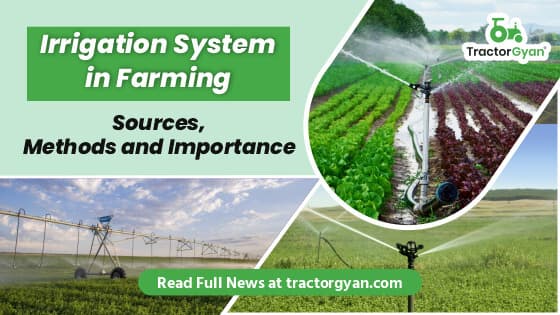





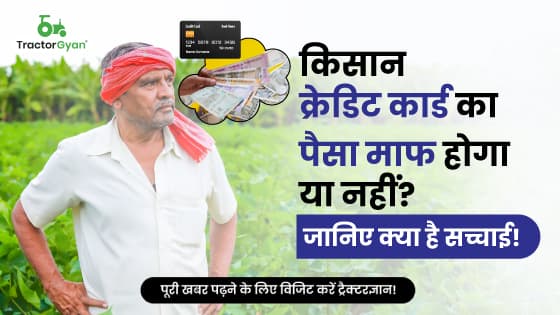
.webp&w=2048&q=75)
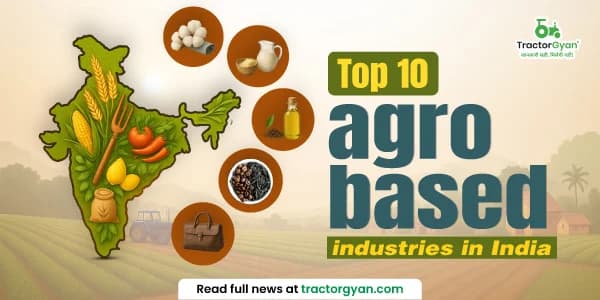
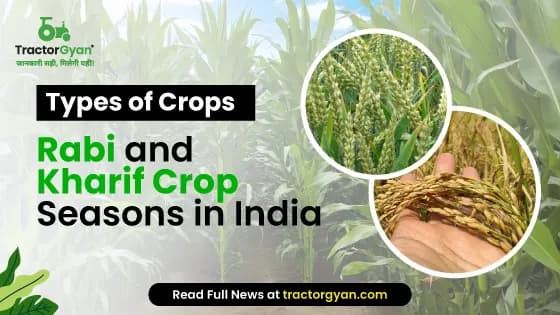



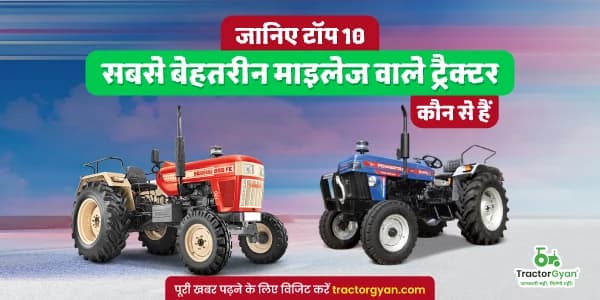
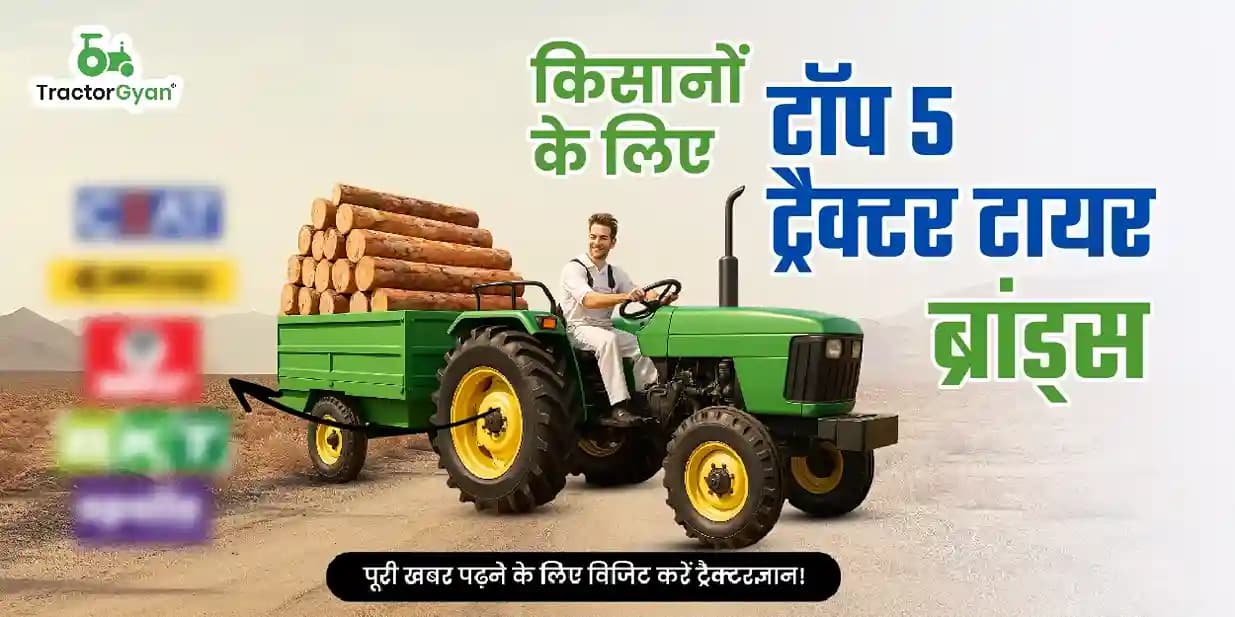

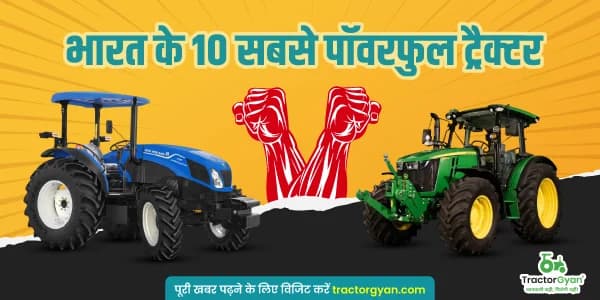
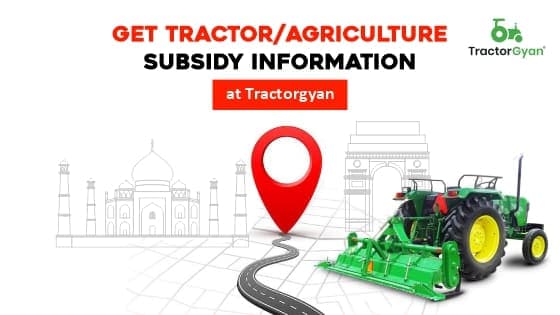
.webp&w=2048&q=75)
.webp&w=2048&q=75)
